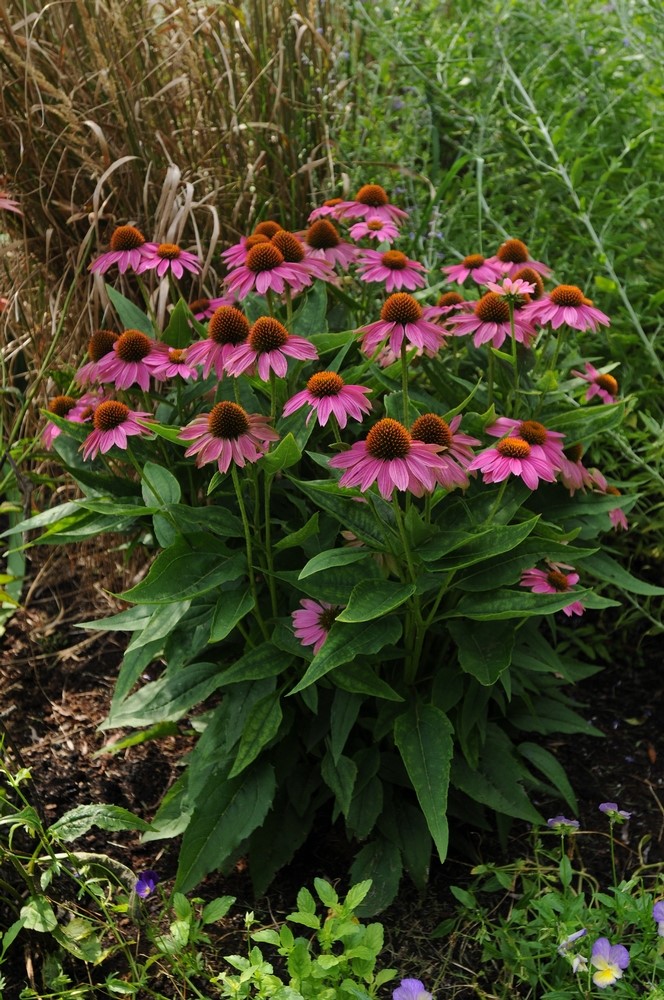MEDICINAL HERB OF THE DAY:ECHINACEA
Echinacea, the herbal remedy known for its potential health benefits, finds its place in the holistic approach of Mwalimu Mtaalam Ras Fletcher's Njia Uhuru Kipura and ATACX GYM. Recognizing the potential advantages that Echinacea offers, students of this wellness and fitness system have the opportunity to incorporate this herb into their nutritional health plans.
Echinacea, also known as the purple coneflower, has been traditionally used to support the immune system, reduce inflammation, and provide antioxidant protection. Its potential benefits range from immune system support to aiding in wound healing and pain relief.
In the holistic philosophy of Njia Uhuru Kipura, Echinacea serves as a natural complement to the overall wellness goals. However, the choice to incorporate this herb is entirely up to the students. They have the autonomy to decide whether they want to include Echinacea in their nutritional regimen or opt for alternative approaches based on their preferences and health needs.
By integrating Echinacea as an optional element, Mwalimu Mtaalam Ras Fletcher empowers his students to take charge of their well-being and make informed decisions about their health journey. This approach reflects the holistic and individualized nature of Njia Uhuru Kipura, where each student can tailor their path to wellness according to their unique requirements and preferences.
Whether students choose to embrace Echinacea or explore other wellness strategies within Njia Uhuru Kipura, they have the opportunity to embark on a holistic journey toward better health and overall well-being, guided by Mwalimu's expertise and the principles of this comprehensive system.


Comments
Post a Comment